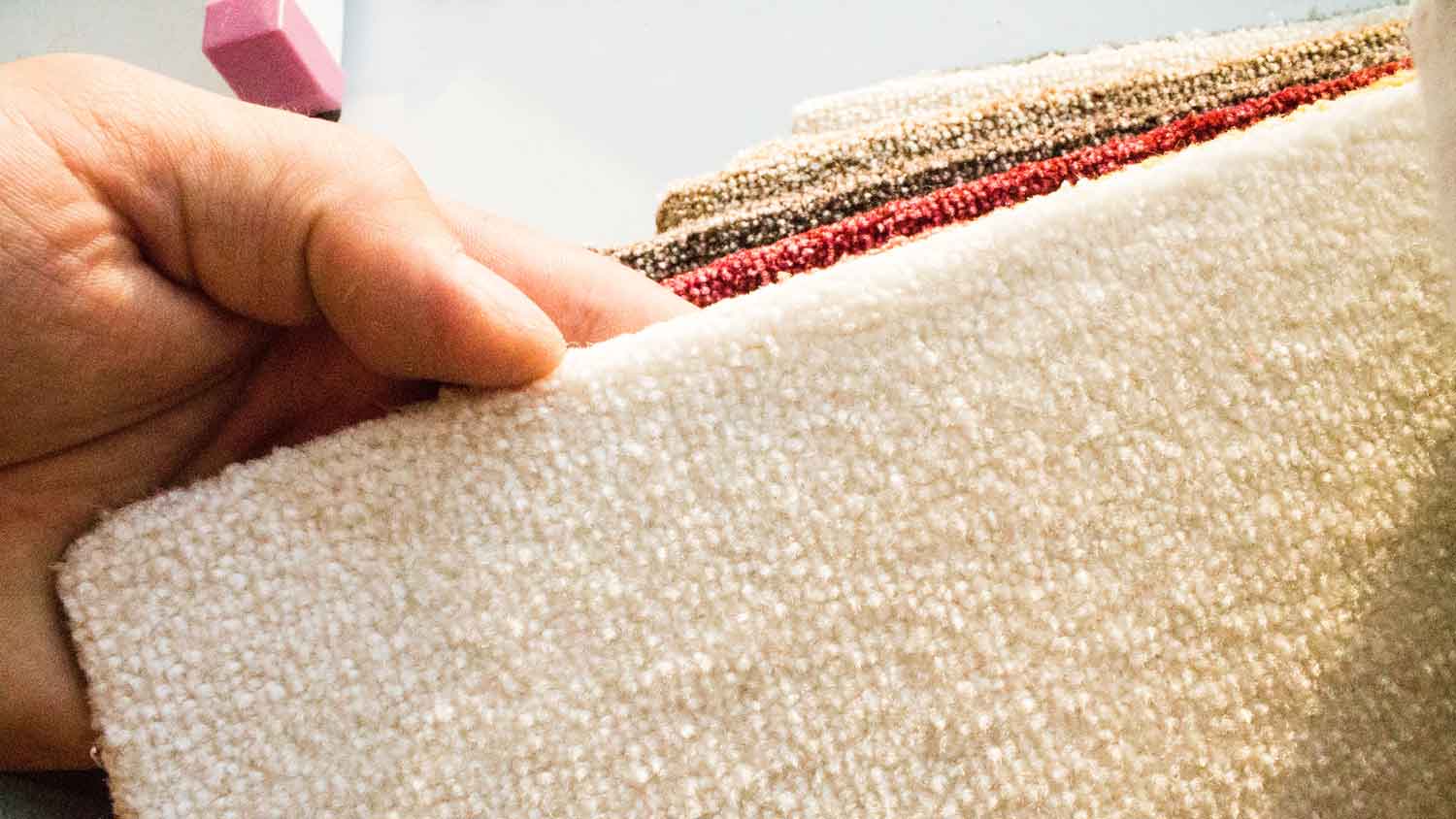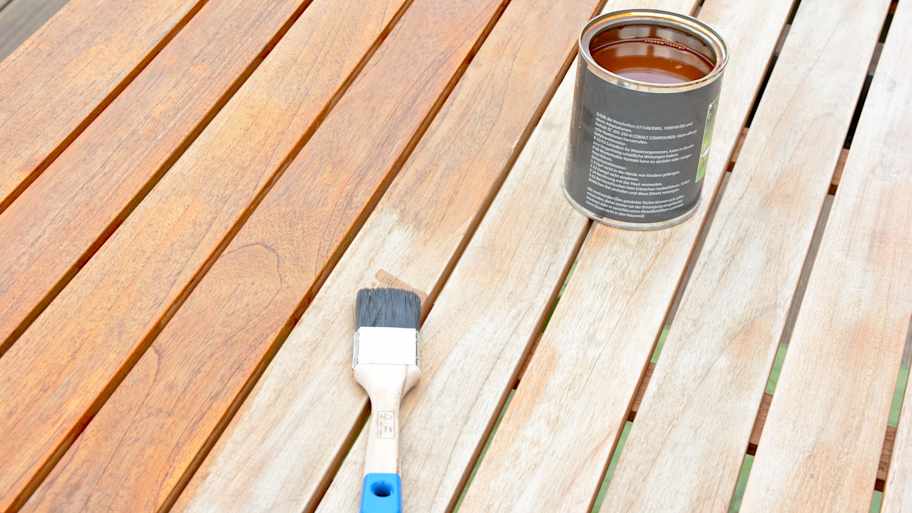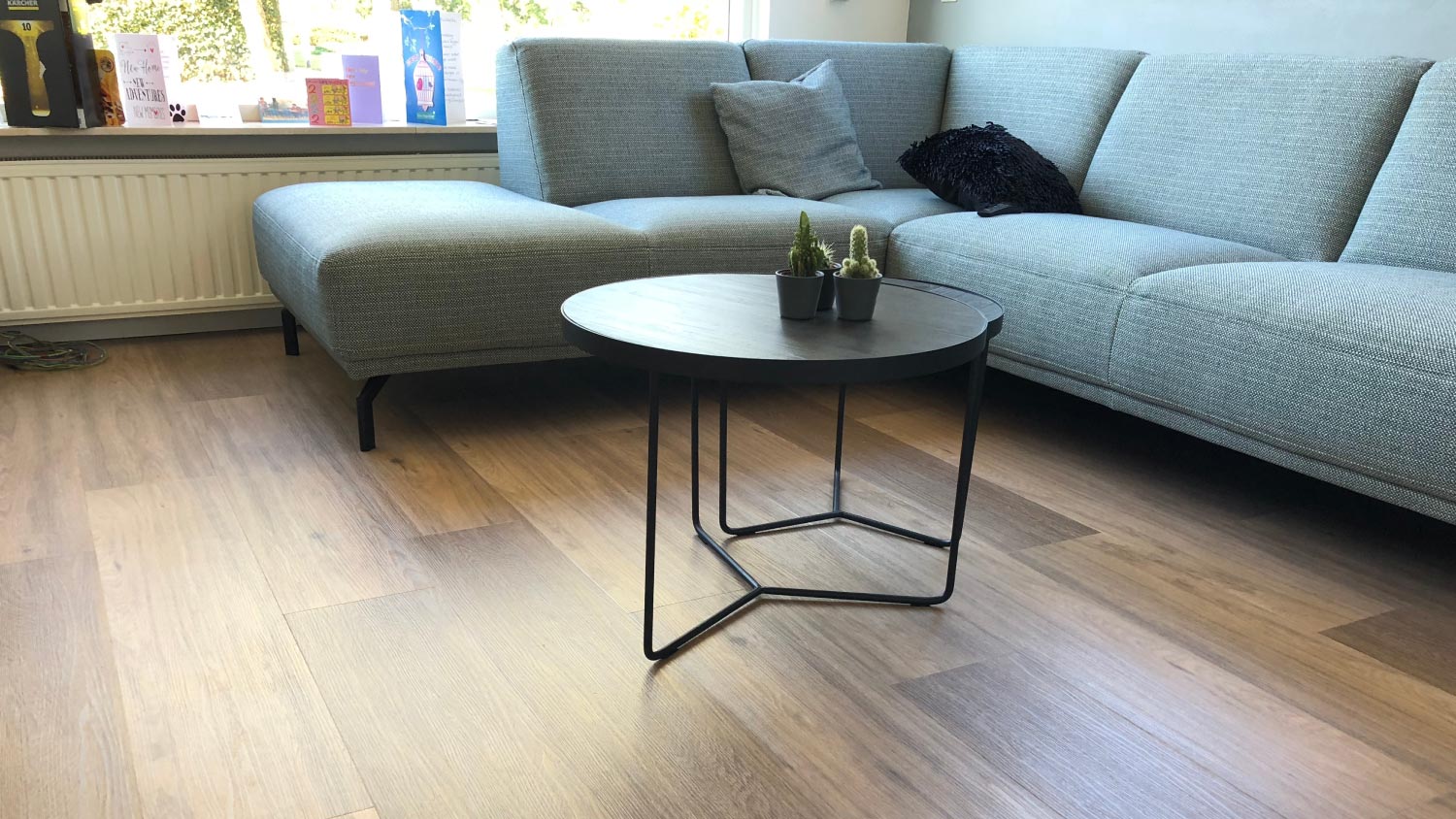
Updated flooring can make any room in your home feel brand new. Explore flooring installation costs in St. Louis, MO, from materials to labor costs.
Take the mystery out of taking off baseboards


Baseboard trim hides the rough edges where the wall meets the floor while providing an attractive design element. But sometimes it needs to come off when you are performing a remodel or renovation—trim repair or painting, floor repair or refinishing, and reflooring are examples of times you may need to remove the baseboards.
If you’re planning to reuse the trim pieces, removing them without damaging them, the walls, or the floors is essential. A few basic tools, elbow grease, and patience are all you need to get the job done efficiently.

You’ll only need this first step for painted baseboards. It’s likely that paint, caulk, or both conceal the edge between the trim and the wall.
Start at a corner and score the trim’s top edge to cut through the paint and caulk.
It’s also helpful to trim the paint at corner junctions with heavy paint buildup.

If your baseboard trim includes a base shoe or quarter round, separate the additional trim piece from the main part first, using the same procedure.
Starting a few inches from a corner, slide the 2-inch putty knife between the trim and the wall. You can gently use your hammer to help by tapping the top of the knife’s handle. Insert the blade as deeply as possible.
Gently pull the putty knife forward until you create a small gap between the trim and the wall.
Remove the knife, move about one foot down the baseboard’s length and repeat.
Continue creating a small gap on all of the trim you plan to remove.

Take your time with this step to avoid accidentally marring the wall paint or floor finish.
Near a corner, insert the 6-inch putty knife behind the trim.
Insert the pry bar in front of the knife and behind the baseboard. You may need to tap the pry bar with a hammer.
Lever the pry bar gently until you create about an inch-wide gap between the wall and trim.
If you have one, you can replace the putty knife and pry bar with a baseboard puller or trim puller tool.
Continue this process down the length of the trim board.
Return to the starting corner and repeat these steps until the trim is free from the wall.
Move to the next trim piece and repeat until the room is complete.

If you want to reinstall the trim or save it for a different project, you should remove all the old nails.
Support the baseboard on a block of wood, sawhorse, or workbench.
Grasp any nails sticking out of the back of the trim piece with tongue-and-groove pliers, which are less likely to break the nail than nipper pliers.
With the nail firmly grasped, rock the pliers to one side until the nail comes loose.
Although there isn’t a material cost for removing baseboard trim, some tools are necessary to complete the work. A time commitment and crawling around the room on your knees are also required. So, it’s understandable if it’s a job you’d instead have taken care of by a professional.
Your local painting contractor or floor refinisher will include baseboard removal in their price quote if they need to remove them to complete their work. A local carpenter will charge $200 to $250 to pull a houseful of baseboards. A baseboard trim carpenter near you can install baseboards when it’s time to put them back.
From average costs to expert advice, get all the answers you need to get your job done.

Updated flooring can make any room in your home feel brand new. Explore flooring installation costs in St. Louis, MO, from materials to labor costs.

Mobile home floor repair costs are similar to flooring repair costs in other types of homes. It all depends on the damage, size, and materials.

Updated flooring can make any room in your home feel brand new. Find out flooring installation costs, from materials to labor costs.

Discover the cost to install indoor-outdoor carpet. Learn about average prices, key cost factors, and tips to save on your next flooring project.

Tung vs. linseed oil are products that have a lot of similarities. However, you can use them more effectively when you understand their subtle differences.

Updated flooring can make any room in your home feel brand new. Explore flooring installation costs in Atlanta, GA, from materials to labor costs.